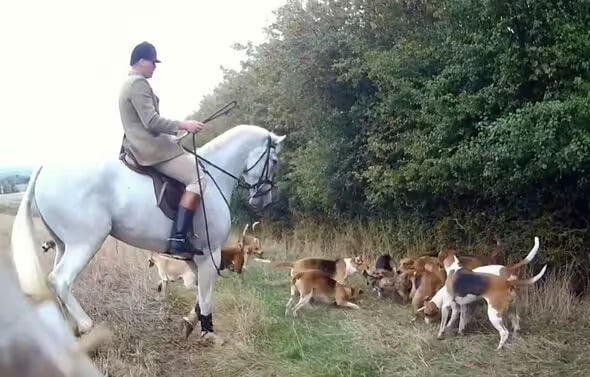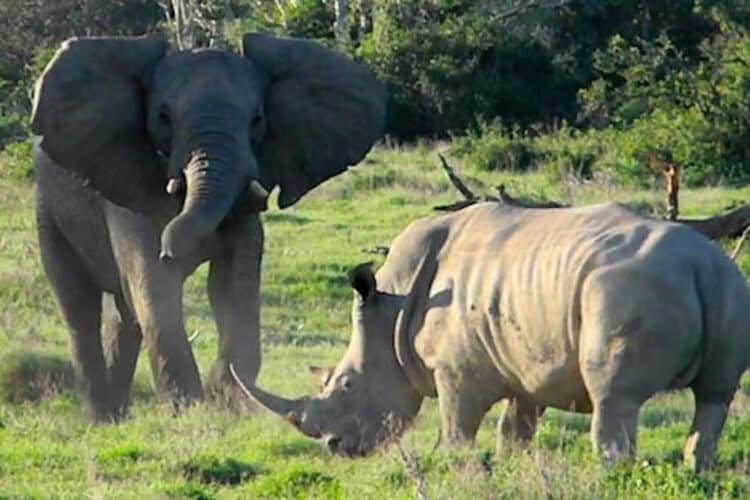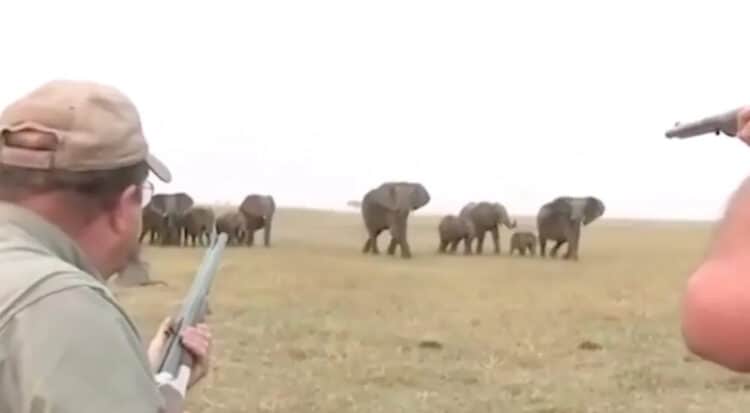“About 97 percent of all the elephants were killed, and the ones that are left don’t like us very well,” says National Geographic filmmaker Bob Poole, referring to the elephants who live in Gorongosa National Park, a population that was heavily hunted by soldiers during Mozambique’s civil war.
During the 15-year war, elephants in Gorongosa were killed for their ivory tusks, which soldiers sold to purchase weapons. “Elephants were shot from vehicles, [from] army trucks, and 20 years later they still have a negative association with people and vehicles,” Poole explains.
Poole and his sister, Dr. Joyce Poole, a renowned African elephant expert and National Geographic explorer, are trying to teach the elephants that their relationship with people can be positive and that not all people come with ill intent.
Bob Poole adds, “A lot of people think that it would be best just to leave the elephants alone, and let them be afraid of people. The problem is that Gorongosa won’t survive without tourists.” Gorongosa relies on tourism; money from visitors directly funds the restoration of the park and all the wildlife that calls it home.
During their drive the Pooles come across a giant bull elephant who is in musth, a state of heightened sexual arousal during which male elephants can be highly aggressive. “He’s pumped with testosterone. He’s looking for receptive females, but he’s willing to take on anyone who gets in his way. His aggression is aimed at rival males, but when a vehicle, like mine, comes along, he’s willing to challenge it too,” he explains.
Joyce Poole actually discovered and described musth in African elephants decades ago and has been studying the elephants just as long. She is well aware that musth males can be dangerous. “It takes a few encounters before they understand that your goal as a scientist is not to challenge their status nor to take their females.” Poole focuses on identifying a quick out just in case, but her filmmaker brother is eager to get a shot of the spectacular animal.
“He’s the biggest elephant by far I’ve ever seen here, and the thing that’s really remarkable is that he’s over 40 years old,” Bob Poole says with wonder. “It’s remarkable that he’s still alive because bull elephants carry much heavier ivory than females. He is a survivor, one of the few adult males that weren’t killed for their ivory during the civil war. It’s super exciting that we’ve stumbled across him.”
In addition to trying to habituate the elephants, Poole is shooting for his film, War Elephants, which highlights the impact of war and poaching on elephants. The ideal filming conditions make it even more difficult for Poole to pull himself away. “It’s perfect light right now because the elephant is backlit. I’ve got this great shot going on, and I don’t want Joyce to drive away from it.” To see how this close encounter unfolds, be sure to watch the video.
Since shooting for War Elephants, the Pooles have returned to Gorongosa several times and have actually become quite familiar with the intimidating bull, since named Gogogo for the highest peak on Mount Gorongosa. While Gogogo’s state of musth might keep the Pooles cautious, the female elephants find it quite alluring, as Bob Poole explains: “We came across Gogogo recently in a group of a hundred elephants, and all the females were coming up to him, touching him and talking to him. He went and knocked down a big tree so that all the females could eat the tasty leaves that they couldn’t reach otherwise. The females just adore this guy.”
To see more of the Pooles’ work in Gorongosa, check out their PBS series Gorongosa Park: Rebirth of Paradise. Watch Bob Poole’s behind-the-scenes account of filming for the series in his three-part National Geographic Live presentation, “A Park Reborn,” including “Bringing Wildlife Back,” “Charging Elephants,” and “Saving Lions.” To watch Poole share his experience in-person, you can purchase tickets to his newest National Geographic Live event, “Gorongosa Reborn: A Cameraman’s Journal.”
This video was first published by National Geographic on 14 Jan 2016.







Leave a Reply